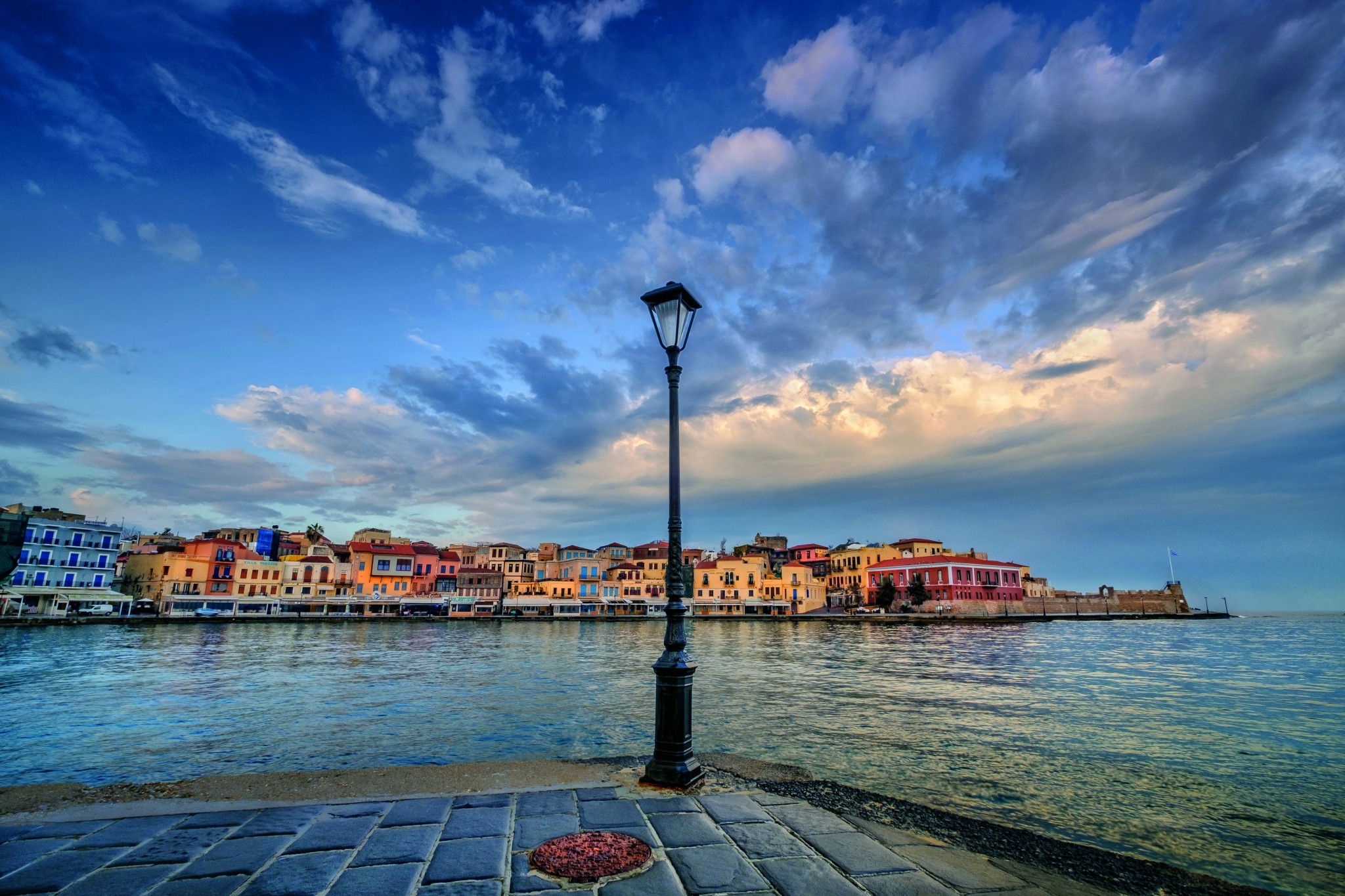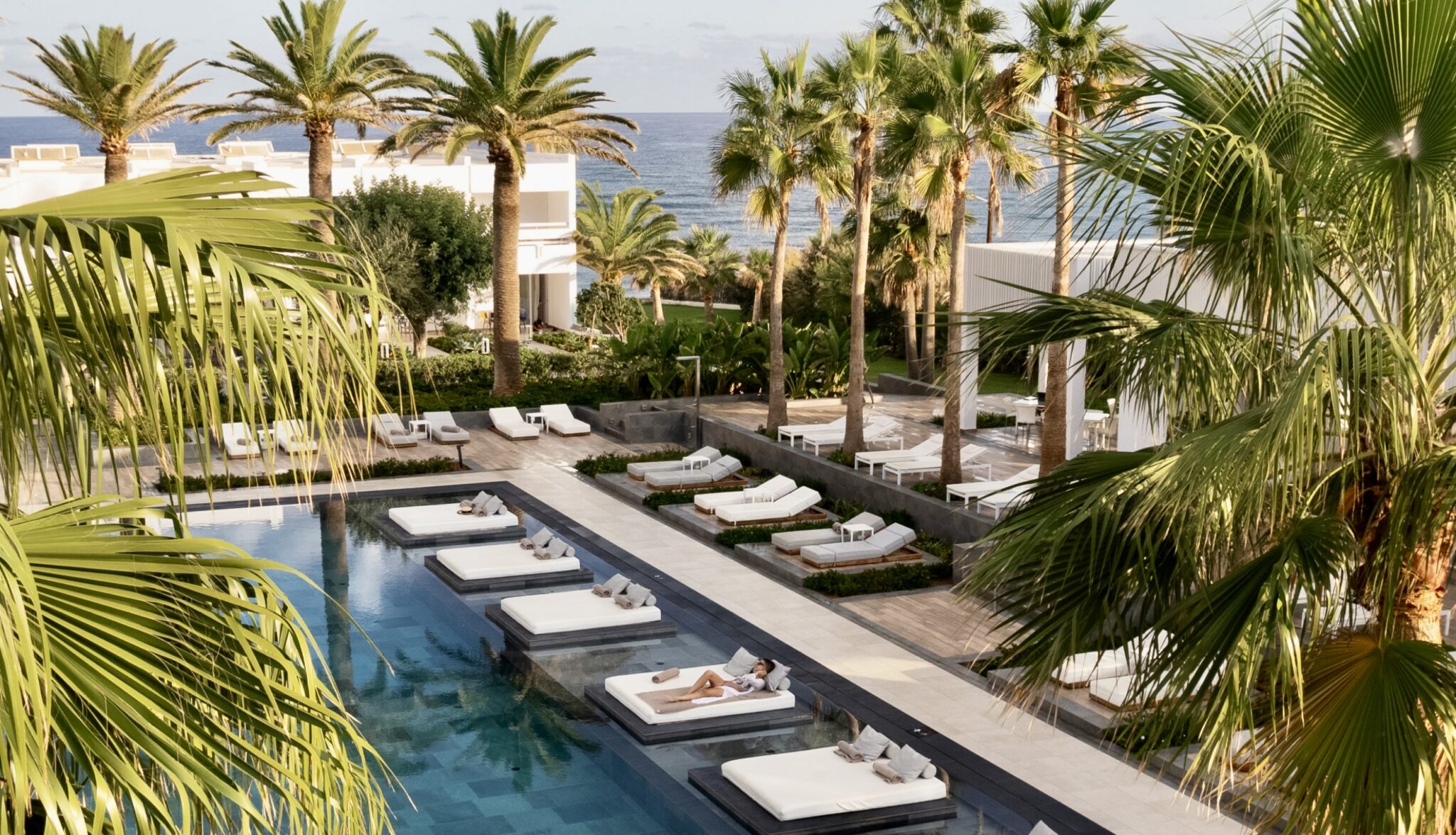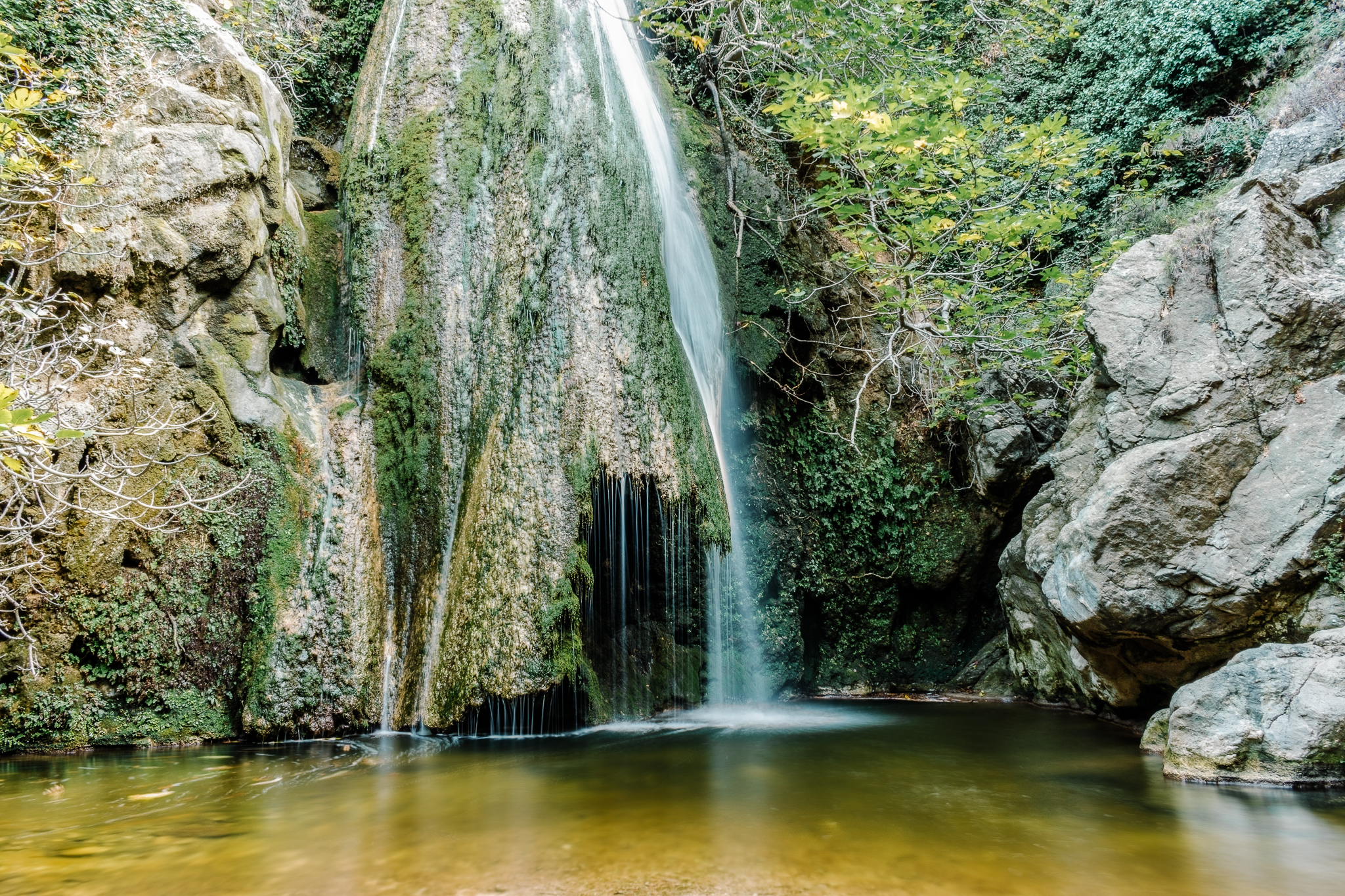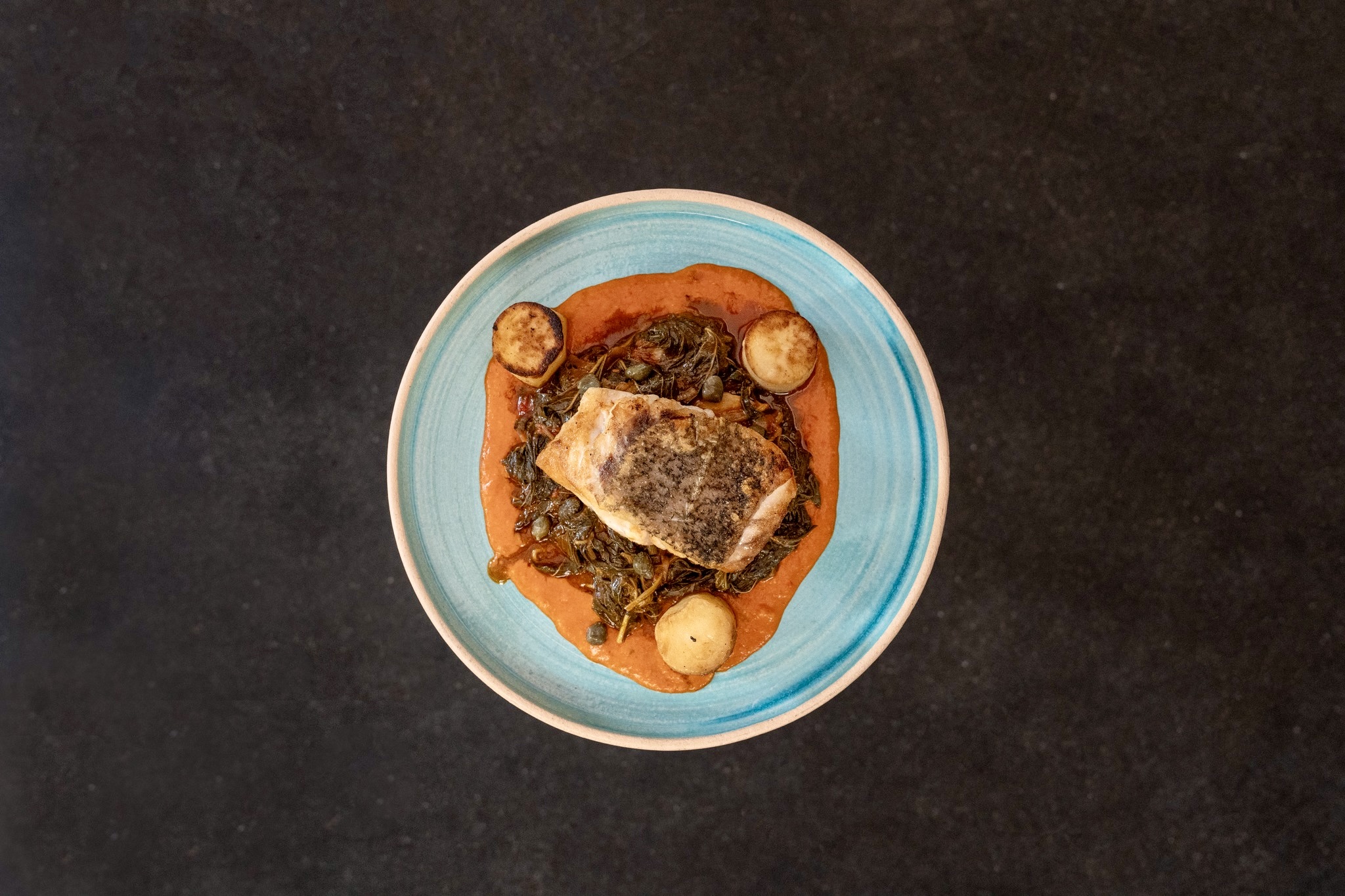Chania is one of the most appealing and worldwide popular tourist destinations of Greece, attracting every year, all year round, thousands of visitors and faithful lovers who repeatedly return to this mistress/city that has been so generously blessed by nature and densely woven by history.
The city of Chania is the capital of the Prefecture, extending along the coastal, Northern axis, at the West side of Crete and counts more than 140.000 residents. Since the construction of the Minoan city/state “Kydonia”, the city counts 4.000 years of presence in the Greek territory. The modern name “Chania-Al Hanim” was given during the Arab occupation (9th B.C.-10th B.C.), while during the Venetian era (13th b.c.-17th b.c.) it is renamed to “La Canea”. For centuries, the city serves as a nautical crossroad between three continents, a pole of attraction for powerful trade transactions and for Empires driven by intentions of conquest and expansion. Romans, Arabs, Venetians and Ottomans have marched, conquered and left a deep footprint, creating a modern, cultural mosaic on the architectural outlook of the city and a cosmopolitan feel at this remote corner of the Mediterranean.
Travelling to the city by daily ferries from Piraeus, Souda Harbor, just 6 km from the city center, welcomes you to a large, natural bay created by the Akrotiri Cove, where the city’s international airport “Ioannis Daskalogiannis” is located, connecting Chania with Athens,Thessaloniki as well as with countries abroad via direct flights. For travelers who wish to explore the entire island of Crete, the North Cretan Highway connects Chania to Kissamos in the West while heading East you will pass through Rethymno, Heraklion, Malia, Agios Nikolaos and end up to Sitia. The southern and unspoiled, by tourist development, part of the Prefecture is connected with a reliable road network and is ideal for outdoor explorations and unforgettable swimming in the Libyan sea.
The most featured picture of Chania is the Egyptian Lighthouse, standing tall since the 16th century A.C facing the old town’s, Venetian Harbor and the mosque Giali Tzamisi (17th Century A.C.). The serpentine alleys of the old town seem like they aim to lure you to a treasure hunt, where around every corner, monuments like the St Nikolas Minaret, the Municipal Market and the Venetian Neoria, religious temples such as the Metropolis Church, the Cathedral temple of Holy Mary Assumption, the Jewish Synagogue, as well as museums like the Archeological Museum, the Nautical Museum of Crete at the Firkas fortress entrance, the Folkloric, the Byzantine collection and the Municipal Library, reveal themselves before you. Other worth mentioning city spots are the Venizelos Tombs and Museum, the Municipal Garden, Tampakaria area as well as the waterfront districts of Koum Kapi and Nea Chora.
Chania is an enchanting destination that stimulates all senses. The unparalleled, natural environment, composed by the White Mountains, the countless gorges (Samaria Gorge), the river valleys, the olive & orange Groves, the infamous and annually awarded sandy beaches with the turquoise waters like Balos, Falassarna, Kedrodasos, Elafonissi, Golden Sand, Sougia, Gialiskari, along with a rich avifauna and the worldwide unique indigenous Cretan mountain goat, constitutes a concentrated, small scale, typical Mediterranean ecosystem that attracts naturalists and hikers from all over the world. This blessed land so rich in colors, scents, tastes and music all year round, nourishes the body, soothes the soul, elevates the spirit and unlocks the heart. Indeed the open-hearted Cretan hospitality that welcomes you with a shot of tsikoudia, local traditional pies and a short local poem, leaves no one unmoved. A single visit to Chania is never enough. It is merely the beginning of your own storyline with a city that collects stories and spins them to a thread, inextricably uniting generations, cultures, religions, customs and traditions.







